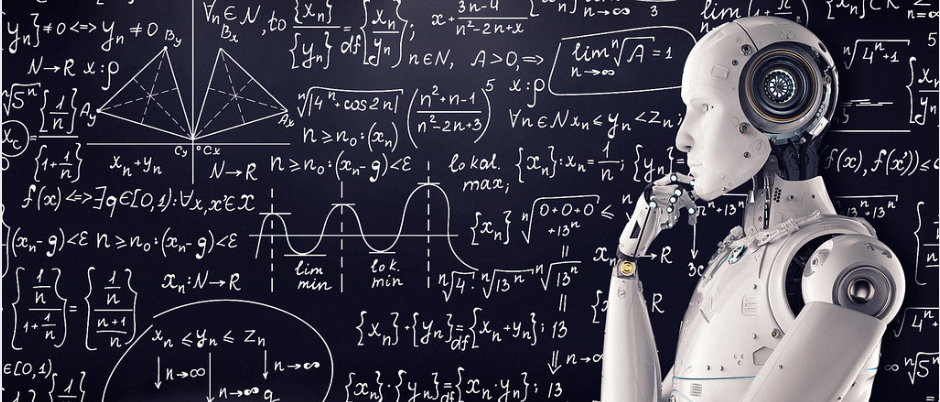
Uber’s services require real-world coordination between a wide range of customers, including driver-partners, riders, restaurants, and eaters. Accurately forecasting things like rider demand and ETAs enables this coordination, which makes our services work as seamlessly as possible. In an effort to constantly optimize our operations, serve our customers, and train our systems to perform better and better, we leverage machine learning (ML).
In addition, we make many of our ML tools open source, sharing them with the community to advance the state of the art. In this spirit, members of our Seattle Engineering team shared their work at an April 2019 meetup on ML and AI at Uber. Below, we highlight three different approaches Uber Seattle Engineering is currently working on to improve our ML ecosystem and that of the tech community at large.
During his talk, senior software engineer Travis Addair, from the ML Platform team, describes the power of deep learning and explains how Horovod, an open source deep learning framework built at Uber, helps facilitate this important function, especially when used with Apache Spark. As a distributed training platform, Horovod allows companies to scale their ML to hundreds of machines. Horovod’s unique abstracted framework also helps infrastructure professionals and ML engineers focus on doing their best work without stepping on each other’s digital toes.
Travis details how Horovod’s deep learning systems work and demonstrates why NVIDIA, Amazon, Alibaba, ORNL, and other major players are using it for their own ML platforms.
Source: uber.com